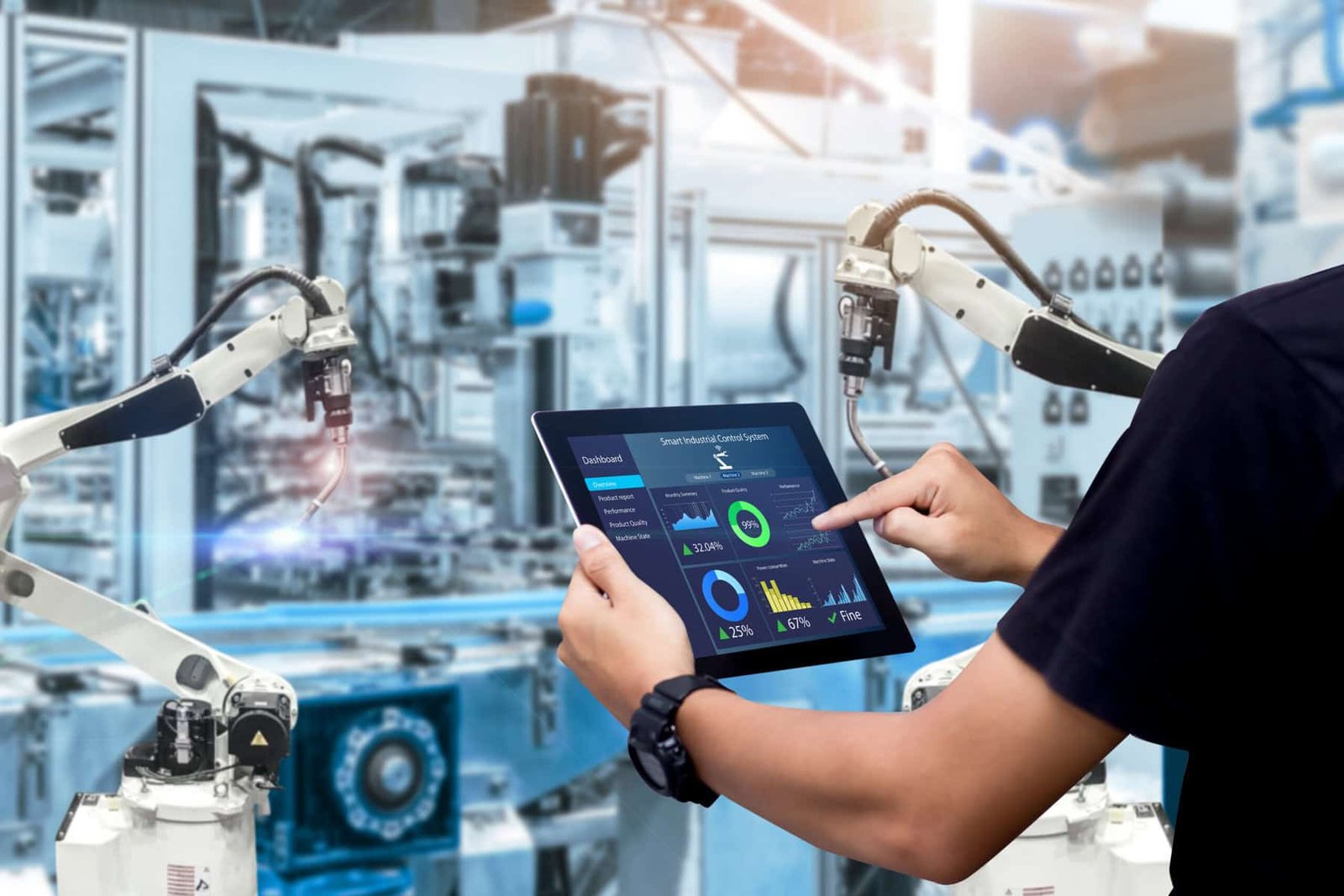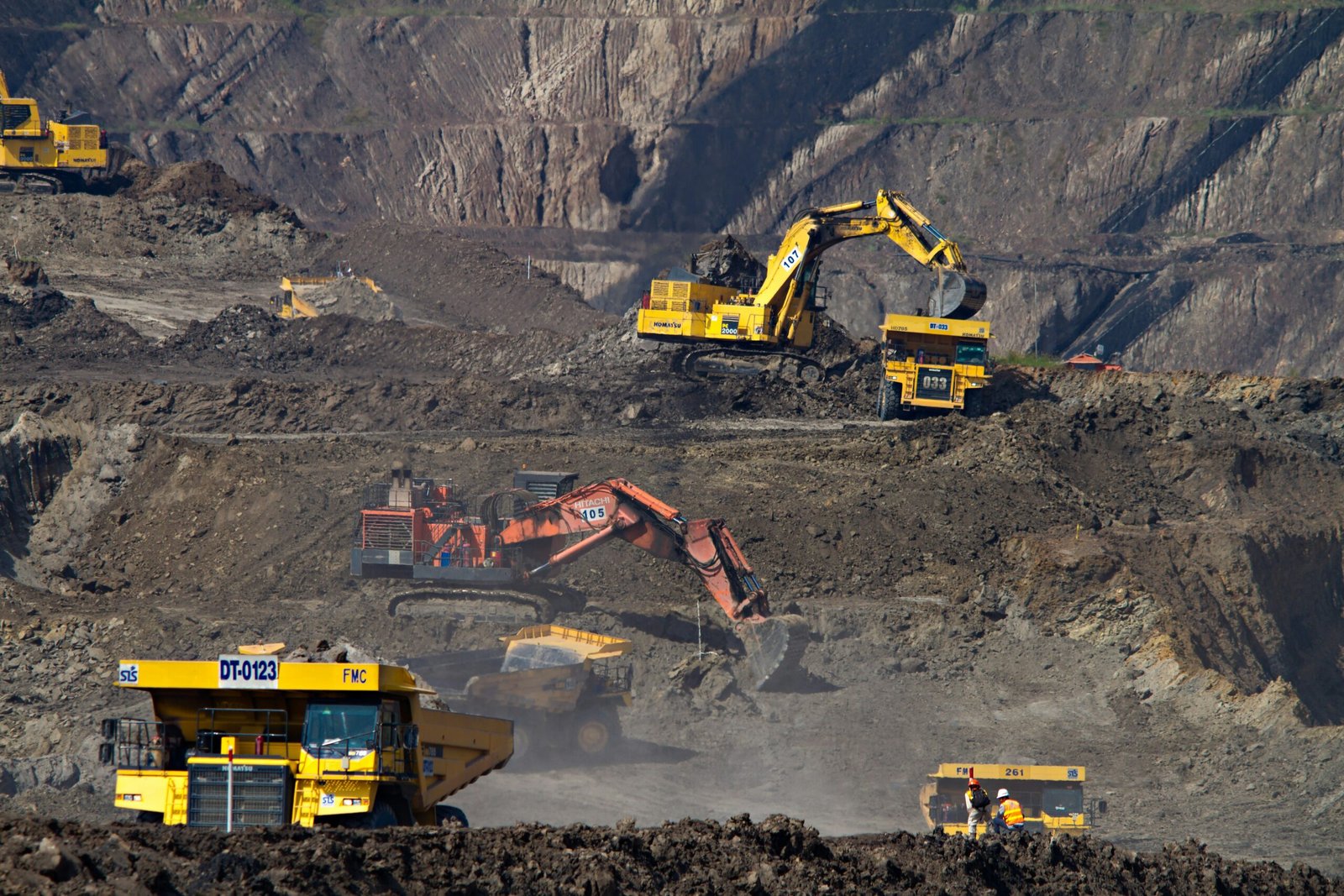Understanding Predictive Maintenance
Predictive maintenance refers to a proactive approach in maintaining construction equipment by utilizing data analytics and monitoring technologies to forecast potential equipment failures. This concept has gained significant traction in the construction industry as it not only enhances operational efficiency but also reduces downtime and maintenance costs. Traditional maintenance methods, primarily reactive and preventive maintenance, have their limitations. Reactive maintenance involves addressing equipment failures only after they occur, often resulting in significant costs and operational delays. On the other hand, preventive maintenance is scheduled based on time intervals or usage rather than actual equipment condition, which can lead to unnecessary maintenance actions or missed opportunities for timely intervention.
In contrast, predictive maintenance harnesses real-time data collected from various sources, such as sensors and IoT devices, to analyze equipment performance. By using advanced algorithms and machine learning techniques, construction companies can predict when a piece of equipment is likely to fail, allowing for timely interventions. This approach not only minimizes unexpected downtime but also optimizes maintenance schedules, enabling teams to allocate resources more efficiently. Additionally, predictive maintenance assists in extending the life span of equipment, as potential issues can be addressed before they escalate into critical failures.
Real-life examples illustrate the impact of predictive maintenance within the construction sector. For instance, a major construction firm implemented predictive analytics to monitor its fleet of excavators. By analyzing vibration data and operational patterns, they were able to identify a wear issue on a key component. This early detection allowed the maintenance team to remedy the problem during scheduled maintenance, thus avoiding costly unplanned downtime. Such successful applications showcase how predictive maintenance can transform the way construction companies manage their equipment, resulting in enhanced productivity and reduced costs.
AI Technologies Powering Predictive Maintenance
The integration of artificial intelligence (AI) technologies has revolutionized the approach to predictive maintenance in construction equipment. AI encompasses a variety of methodologies, including machine learning, deep learning, and the Internet of Things (IoT), that work synergistically to enhance maintenance strategies. Machine learning, a subset of AI, involves algorithms that learn from and make predictions based on historical data. This allows for identifying patterns and anomalies in equipment performance, thus proactively addressing potential failures.
Deep learning further enhances this process by utilizing neural networks, which mimic the functioning of the human brain. These networks can analyze vast amounts of data far more efficiently than traditional methods, recognizing complex patterns that may be indicative of future issues. For instance, deep learning algorithms can process sensor data from construction machinery, such as temperature or vibration metrics, to determine the likelihood of mechanical failure before it occurs.
The role of the IoT is equally paramount, as it involves the interconnectivity of devices and sensors embedded in construction equipment. These sensors continuously collect real-time data on various operational parameters. This data acquisition process allows for ongoing monitoring of equipment health. AI technology then analyzes this incoming data, employing advanced algorithms to eliminate noise and extract meaningful insights. Subsequently, predictive models are created that forecast when maintenance should be performed, which helps avoid costly downtimes and enhance operational efficiency.
Compared to traditional data analysis methods, which often rely on historical averages and reactive measures, the combination of AI technologies enables more accurate predictions and timely interventions. This leads to substantial improvements in the efficiency of maintenance practices, reduced repair costs, and extended equipment lifespan, ultimately providing a competitive edge in the construction industry.
Benefits and Challenges of Implementing AI in Predictive Maintenance
The integration of artificial intelligence (AI) into predictive maintenance for construction equipment offers numerous benefits that can significantly enhance operational efficiency. One primary advantage is the reduction of equipment downtime. By employing AI algorithms to analyze data from machinery sensors, organizations can predict failures before they occur. This proactive approach allows for timely maintenance interventions, which can minimize unplanned outages and extend equipment life, ultimately saving businesses considerable amounts in repair costs and operational delays.
Cost savings are another notable benefit of AI in predictive maintenance. Predictive analytics enables organizations to optimize their maintenance schedules, ensuring that service is conducted only when necessary. This contrasts with traditional maintenance practices, which often rely on fixed schedules. By reducing unnecessary maintenance tasks, companies can allocate resources more effectively, leading to improved financial performance.
Furthermore, incorporating AI in maintenance systems enhances safety for workers. By anticipating potential equipment failures, businesses can mitigate risks associated with machinery malfunctions, creating a safer work environment. Improved safety protocols not only protect employees but also foster a culture of safety compliance within the organization.
However, the implementation of AI solutions does present several challenges. One major obstacle is data quality. AI systems rely on accurate and comprehensive data to function effectively; thus, organizations must ensure the integrity of the data collected from equipment. Furthermore, there is a demand for skilled personnel who can manage and operate AI tools, making workforce training and development a priority.
Integration difficulties may also arise as organizations seek to merge AI technologies with existing systems. This process requires careful planning and strategies to ensure seamless deployment. Additionally, resistance to change from employees accustomed to traditional practices can hinder the adoption of AI-based solutions. To overcome these challenges, organizations should prioritize comprehensive training, effective communication, and involve personnel in the transition process, thus fostering a culture receptive to technological advancements.
Future Trends in AI and Predictive Maintenance for Construction
As the construction industry continues to evolve, the integration of artificial intelligence (AI) in predictive maintenance is set to expand significantly. One of the most promising trends is the increasing reliance on real-time data analytics. Construction equipment generates vast amounts of data, and utilizing this information in real-time can enable companies to monitor the health of their machinery more effectively. By analyzing operational parameters, maintenance needs can be predicted before failures occur, reducing downtime and maintenance costs. This approach empowers stakeholders to make informed decisions based on live data, ensuring that equipment operates at optimal levels.
Advancements in AI algorithms are also expected to play a crucial role in the future of predictive maintenance. The evolution of machine learning techniques enables predictive models to learn from historical data and improve their accuracy over time. As these algorithms become more sophisticated, they will be capable of identifying patterns and anomalies that human operators might overlook. This enhanced capability can lead to more accurate predictions, allowing for timely interventions that prevent equipment breakdowns and extend the lifespan of machinery.
Additionally, the emergence of cloud-based predictive maintenance solutions offers significant advantages for construction companies. Cloud technology affords the ability to store and analyze large datasets without the limitations of local infrastructure. This means that construction teams can access predictive maintenance tools remotely, facilitating collaboration and communication among various stakeholders. Such systems can streamline maintenance schedules and provide alerts for potential issues, significantly enhancing operational efficiency.
Furthermore, the integration of autonomous machinery and advanced robotics is anticipated to revolutionize the predictive maintenance landscape. As construction equipment becomes more automated, these intelligent systems will not only execute tasks but also monitor their performance autonomously. This development will lead to continual self-assessment, enabling predictive maintenance to evolve into a more proactive discipline that inherently drives safety enhancements and greater efficiencies across construction projects.









